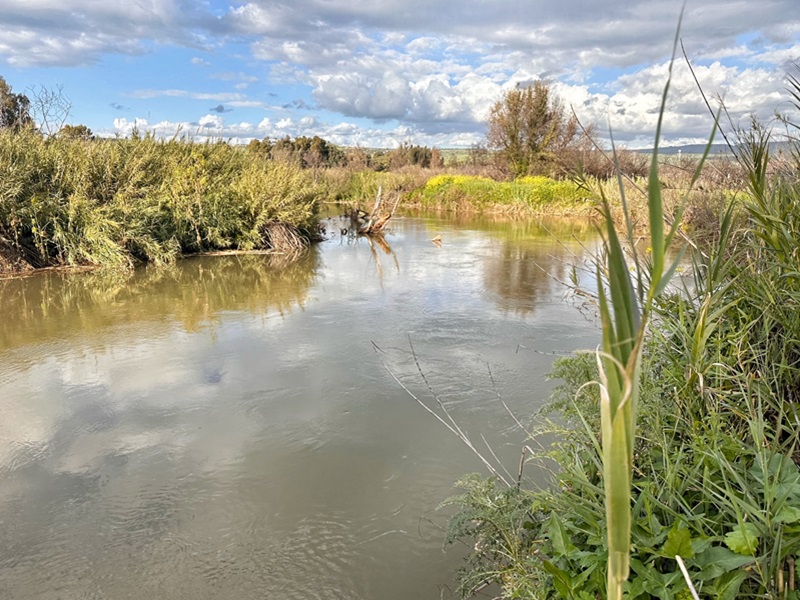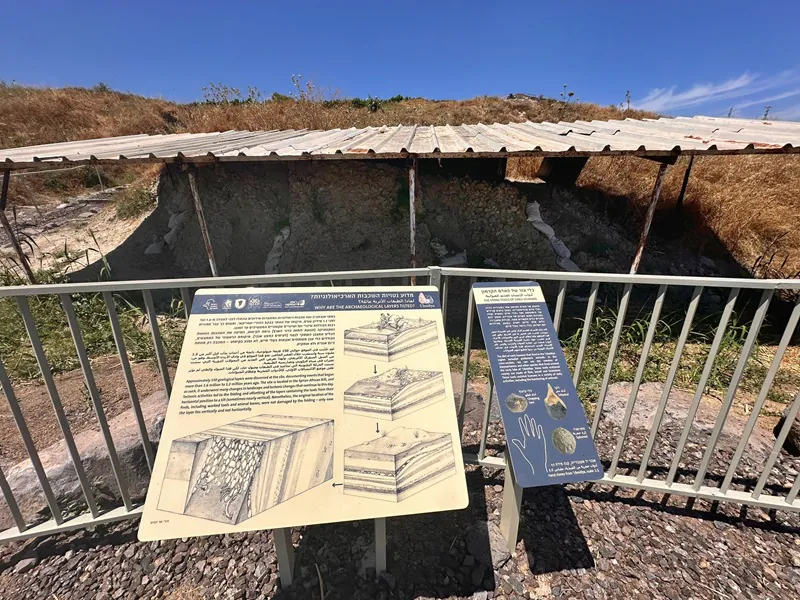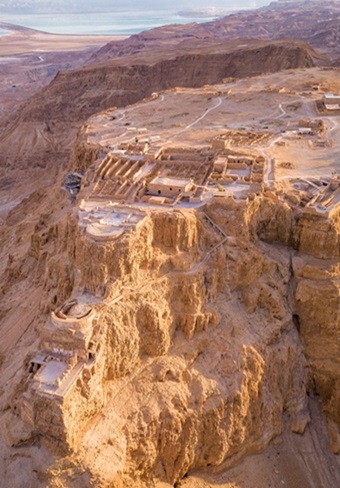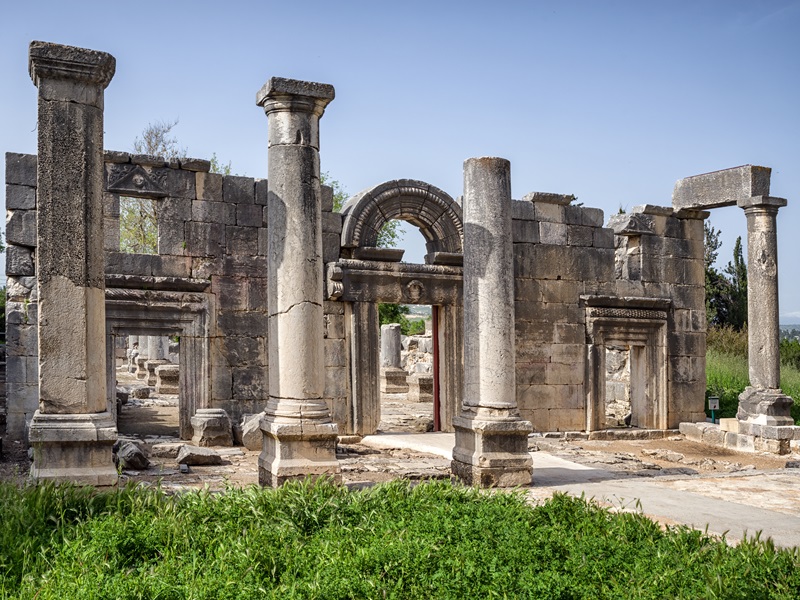Ubeidiya Prehistoric Site

Located 3 miles south of the Sea of Galilee in Israel, Ubeidyia is one of the most significant prehistorical sites in the world. Preserving hominid activity from approximately 1.5 million years ago, Ubeidiya provides crucial insights into early human evolution.
The Discovery and Research of Ubeidyia Prehistoric Site
Ubeidiya was discovered in 1959 by chance Izza Marinsky from Kibbutz Afikim while plowing the fields. Professor M. Stekelis from the Hebrew University started excavating at the site in the following year. The research of Ubeidiya is carried out intermittently to this day.
The site bears a rich array of archaeological and paleontological finds, including stone tools, animal bones, and plant remains. Over 10,000 stone tools, most of the Acheulean culture, attest to the intensity of the site. These tools indicate that the inhabitants of Ubeidiya were skilled toolmakers and hunters capable of exploiting the diverse resources of their environment. Ubeidiya’s fossil assemblage is equally significant, with remains of various large mammals such as elephants, rhinoceroses, and hippopotamuses, as well as now-extinct species like Sabretooth-Tigers and mammoths.
These findings highlight the importance of the Levant as a corridor for early human dispersal out of Africa.
Canaanite Ubediya
Tel Ubeidiya is 0.5 miles east of the prehistoric site. Surveys and excavations at the site indicate that during the Canaanite periods Tel Ubeidiya was a walled city. W.F. Albright proposes identifying the site with biblical “Beth Shemesh” (Joshua 19:22), while J. Garstang and Y. Aharoni propose to identify the site with “Yenoam”, a Canaanite city mentioned in several Egyptian sources.
Touring Ubeidiya Prehistoric site
In 2024, the state of Israel declared Ubeidiya a national park. Marked trails and signage lead visitors through the site, explaining its history, research, and significance. A dirt road around Kibbutz Beit Zera leads to the site.
A tour of Ubeidiya Prehistoric site can be combined with a day tour of the north.










